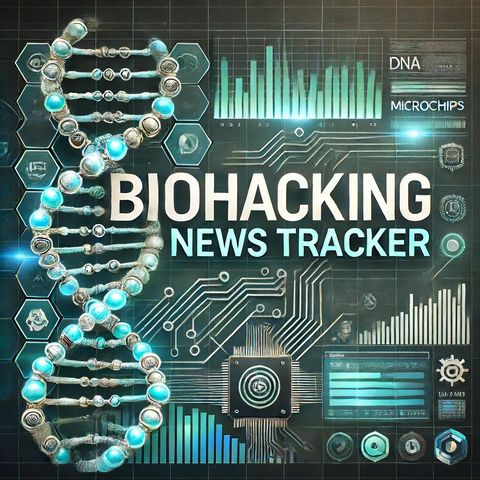Biohacking Blends Biotechnology, Medicine, and Self-Improvement for Enhanced Human Capabilities

Descarga y escucha en cualquier lugar
Descarga tus episodios favoritos y disfrútalos, ¡dondequiera que estés! Regístrate o inicia sesión ahora para acceder a la escucha sin conexión.
Descripción
Biohacking has become a broad term encompassing a variety of practices aimed at modifying and enhancing the human body's capabilities and functions. This trend blends the spheres of biotechnology, medicine,...
mostra másOne of the intriguing aspects of biohacking is its focus on geroscience, which investigates how to slow down the aging process to extend both lifespan and healthspan—the period of life spent in good health. Geroscience integrates studies from genetics, molecular biology, and pharmacology to understand the biological mechanisms of aging. Through this understanding, researchers aim to devise strategies that delay the onset of age-related diseases such as Alzheimer's, cancer, and heart disease, leading to an improved quality of life for the elderly.
Biohacking techniques can range from simple lifestyle adjustments to more advanced medical interventions. Dietary approaches like intermittent fasting are popular among biohackers for their potential to trigger beneficial metabolic responses. Intermittent fasting involves alternating periods of eating and fasting, which proponents say helps with weight loss, improved mental clarity, and longevity.
Cold therapy is another biohacking method gaining traction. Regular exposure to cold through practices like cold showers or ice baths is believed to enhance fat burning, reduce inflammation, and strengthen the immune system according to its advocates.
On the more extreme end, some biohackers experiment with stem-cell injections, a practice that involves administering stem cells to regenerate or repair diseased tissues and organs. Although promising, stem cell therapies are still largely within the experimental stage, except for a few FDA-approved treatments such as bone marrow transplantation.
Another controversial biohacking practice that attracted public attention was the infusion of plasma from young donors, claimed by proponents to rejuvenate aging bodies. This practice brought about significant ethical and medical concerns and was not widely supported within the scientific community, leading to discontinuation by some of those who initially supported it.
In the realm of everyday wellness, biohacking also finds a place in products designed for daily use, such as grounding or earthing mats. These mats are designed to connect people with the electrical charges from the Earth, which proponents believe can reduce chronic inflammation, improve sleep, mitigate fatigue, and decrease stress.
While biohacking continues to push the limits of what modern science can achieve in enhancing human health and longevity, it raises important ethical, safety, and efficacy questions. The field remains a mixture of grounded science and experimental practices, with a continuing need for more rigorous research to validate many of the health claims. As biohacking grows, it's essential for participants and observers alike to remain informed and cautious, adopting practices based on solid evidence to safely explore the frontiers of human health optimization.
Información
| Autor | QP-4 |
| Organización | William Corbin |
| Página web | - |
| Etiquetas |
Copyright 2024 - Spreaker Inc. an iHeartMedia Company
